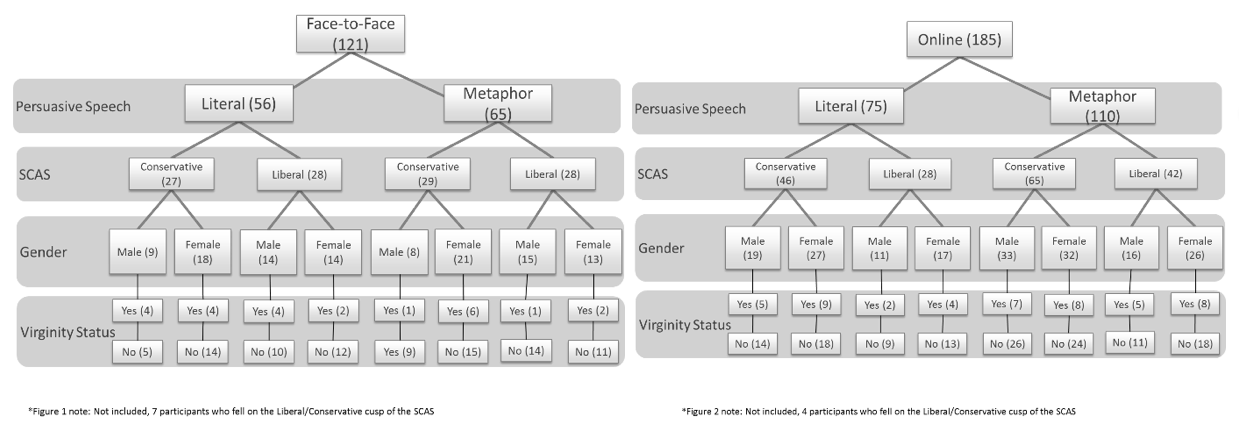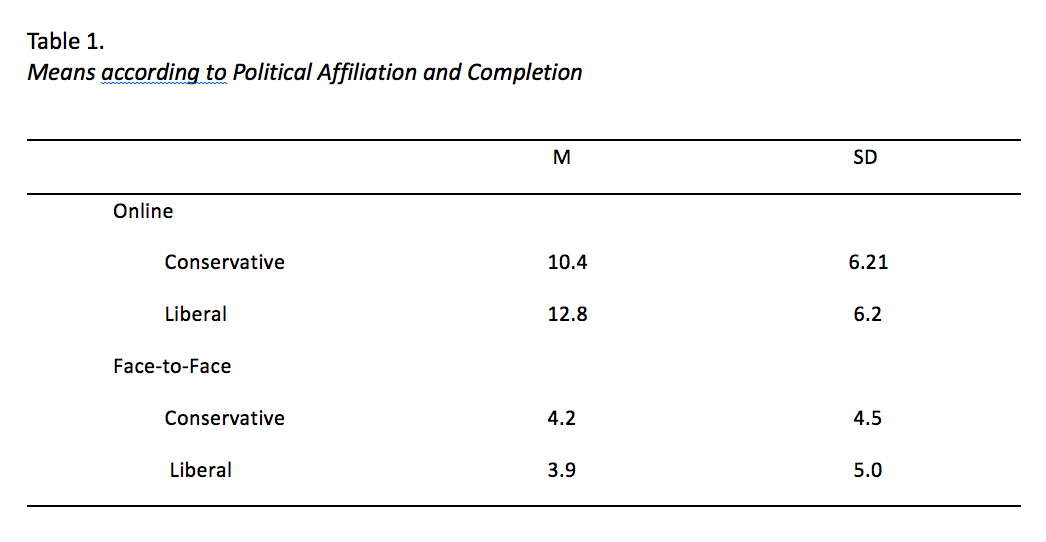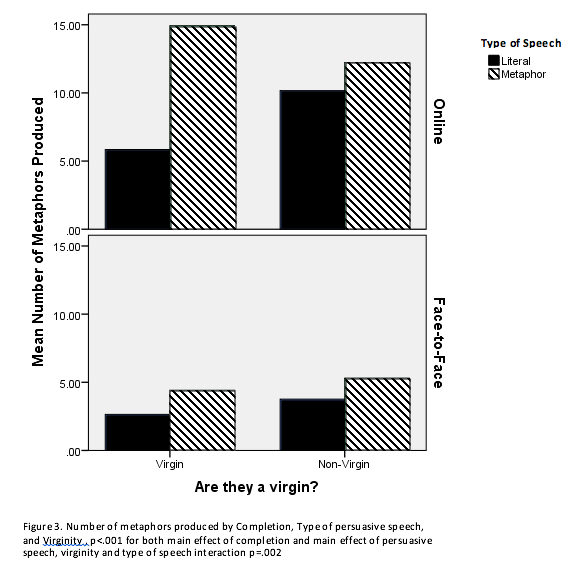By Samantha Lowe
During my master’s studies at Morehead State University I oversaw the Human Sexuality Research Lab, where we focused on young adult’s ability to speak metaphorically about sexual and non-sexual stimuli. While the Human Sexuality side of the research was my passion, it was my mentor/university mother/lab director who turned me on to the educational use of metaphoric language. Below is my final research project from my Master’s studies, this research was first presented at the Midwestern Psychological Association in May of 2016 and then again as an oral presentation at Morehead State University’s Celebration of Student Scholarship.
A Vagina is an Ugly Duckling: Metaphors for Sex Education
SAMANTHA J. LOWE, LYNN M. HALLER, KIMBERLY M. OBERMAYER, JEREMY R. JUSTICE, ISABELLA R. GEARHART, LINDSEY YATES, ASHLEY E. DUVALL, DEREK K. MCCLELLAN
Introduction
Metaphors have been used as teaching devices since the earliest writings of civilization, along with being used to facilitate learning of new information; metaphors can be used to communicate unobservable internal feelings and emotional states that are often difficult to describe using only literal language (Ortony, 1975). Creating a metaphor challenges the individual to look at a subject in a new light, searching for a comparison or common ground with another subject, object, or emotion. All while provoking a more extensive thought pattern associated with the subject (vehicle) of the metaphor (McClure, 1989). Metaphoric speech promotes concise and vivid communication (Fainsilber & Ortony, 1987).
Fainsilber & Ortony, (1987), outlined three hypotheses for the use of metaphoric speech:
Inexpressibility hypothesis: facilitates communication that cannot be readily expressed through literal language
Compactness hypothesis: metaphors are used for a compact means of communication
Vividness hypothesis: metaphors help capture the vividness of a phenomenal experiences that may not be expressed through literal language
Fainsilber & Ortony, (1987), found that more intense emotions lead to more metaphor production, when describing intense feeling states, people are more likely to generate striking and complex metaphors to explain how they feel. Thus, we can assume that intense subjects such as human sexuality will result in more metaphoric speech. Speaking metaphorically can create a more comfortable environment, it is because of the embedded sex negative mentality that adolescents feel intrinsically uncomfortable talking about sex in a face-to-face manner. To combat this we have taken advantage of computer based interviews, were people tend to feel less self-conscious and diminishing the chance of embarrassment (Taylor, 2003). Research on the personality profiles of liberal and conservatives found that liberals tend to score higher on measures of openness, cognitive flexibility, and integrative complexity. While conservatives tend to possess stronger needs for order, structure, and decisiveness (Carney, Jost, Gosling & Potter, 2008). Longitudinal studies of liberals and conservatives find common personality characteristics are expressed in elementary school; long before prescribing to a political affiliation (Block & Block, 2006). Future Liberals were described as energetic, emotionally expressive, gregarious, and impulsive. While future Conservatives were described as ridged, inhibited, indecisive, fearful, and over controlled.
Hypotheses
• Liberals will produce more metaphors than their conservative counterparts.
• Metaphor production will be higher in the online condition than the face-to-face condition.
Method
Participants are randomly assigned to the online or face-to-face condition. Participants assigned to the online condition completed the interview via SurveyMonkey, in an uncontrolled environment.
Participants assigned to the face-to-face condition were interviewed by two experimenters, a transcriber and an inquirer. Participants’ responses were audibly and visually recorded by a video camera.
The method of using alternative communicative media to facilitate openness has been used since the 1950’s, in an experiment by Aronson and Mills, where women were split into two conditions and had to read an erotic passage. In the “comfortable” group, women were able to read the passage over an intercom while the “uncomfortable” group had to read the passage in person (Aronson & Mills, 1959).
Participants in both conditions completed a demographics questionnaire with self-report virginity item, Sociocultural Attitude Scale (SCAS), Reading of a persuasive speech; either promoting metaphoric or literal speech and a Metaphor Production task about sexual and non-sexual topics.
The SCAS consisted of 15 Items in Likert scale form (1= Strongly Disagree, 4= Neutral, 7=Strongly Agree). Participants who scored over 56 were categorized as Conservative; Participants who scored under 56 were categorized as Liberal. The scale had a moderate level of internal consistency, as determined by a Cronbach’s alpha of 0.727.
Results
- Main effect of completion F(1,306)=10.972, MSE=311.864, P=.001, with no significant results in the interview condition.
- Significantly less metaphors were produced in the face-to-face condition.
- Main effect of the type of persuasive speech, F(1,306)=18.013,MSE=512.003, P=.000, with the metaphoric speech facilitating more metaphor production.
- A significant interaction was found between type of persuasive speech and virginity, F(1,306)=9.715, MSE=276,143, P=.002, with virgins being more influenced by the type of speech
- Surprisingly, we found males (M=9.65, SD=6.48) overall produced more metaphors than females (M=7.75, SD=6.93)


Discussion
Participants with prior sexual experiences spoke metaphorically despite the type of persuasive speech, indicating that metaphoric speech is the preferred way of speaking about sexual topics. Ortony (1975), insists that metaphors are an essential element of communication and consequently can be of great educational value. Future research should analyze the possible use of metaphoric speech within sex education courses as a facilitator of openness, relatability, and comfortableness. Examining the effectiveness of instructing sex education courses via internet is another potential route for future research. There is strong technology push within public schools, and the resources to enact online/homework based sex education are more readily available. Motivation to learn about this exciting subject (sex) is present, but when the adolescent is presented with conflicting ideas pertaining to their idea of human sexuality; barriers are erected and the ability to interpret other ideas as educational grinds to halt (Chapman & Werner-Wilson, 2008). Mark, A. (1988), used song lyrics as a facilitator of conversation and openness with “hard-to-reach” adolescents, accomplished by creating an environment of acceptance and familiarity while addressing difficult and controversial topics. Song lyrics incorporate many metaphors, evidence for students being more open when presented with song lyrics can buttress the idea for the incorporation of metaphors into sex education teaching methods.


Leave a Reply